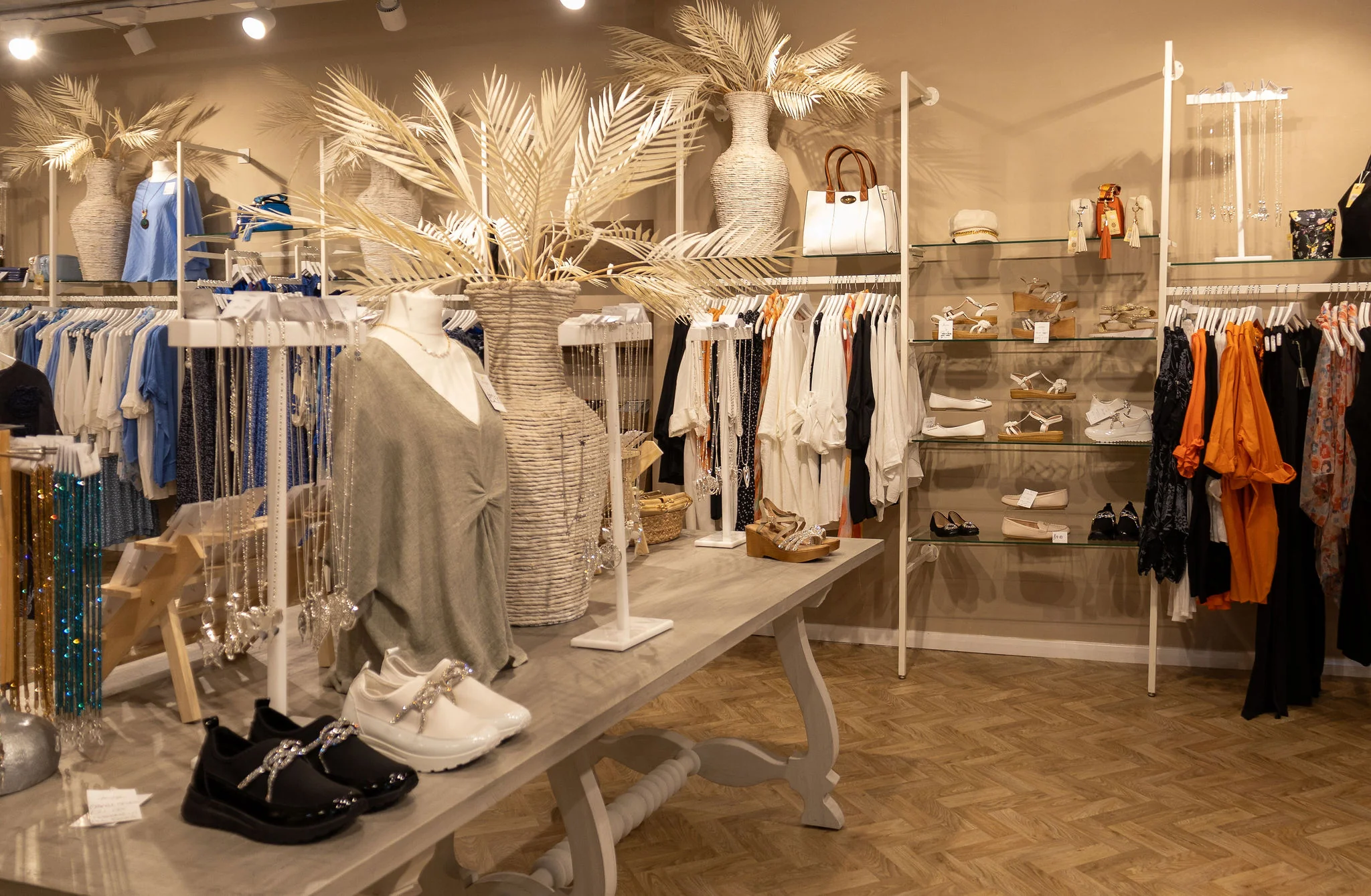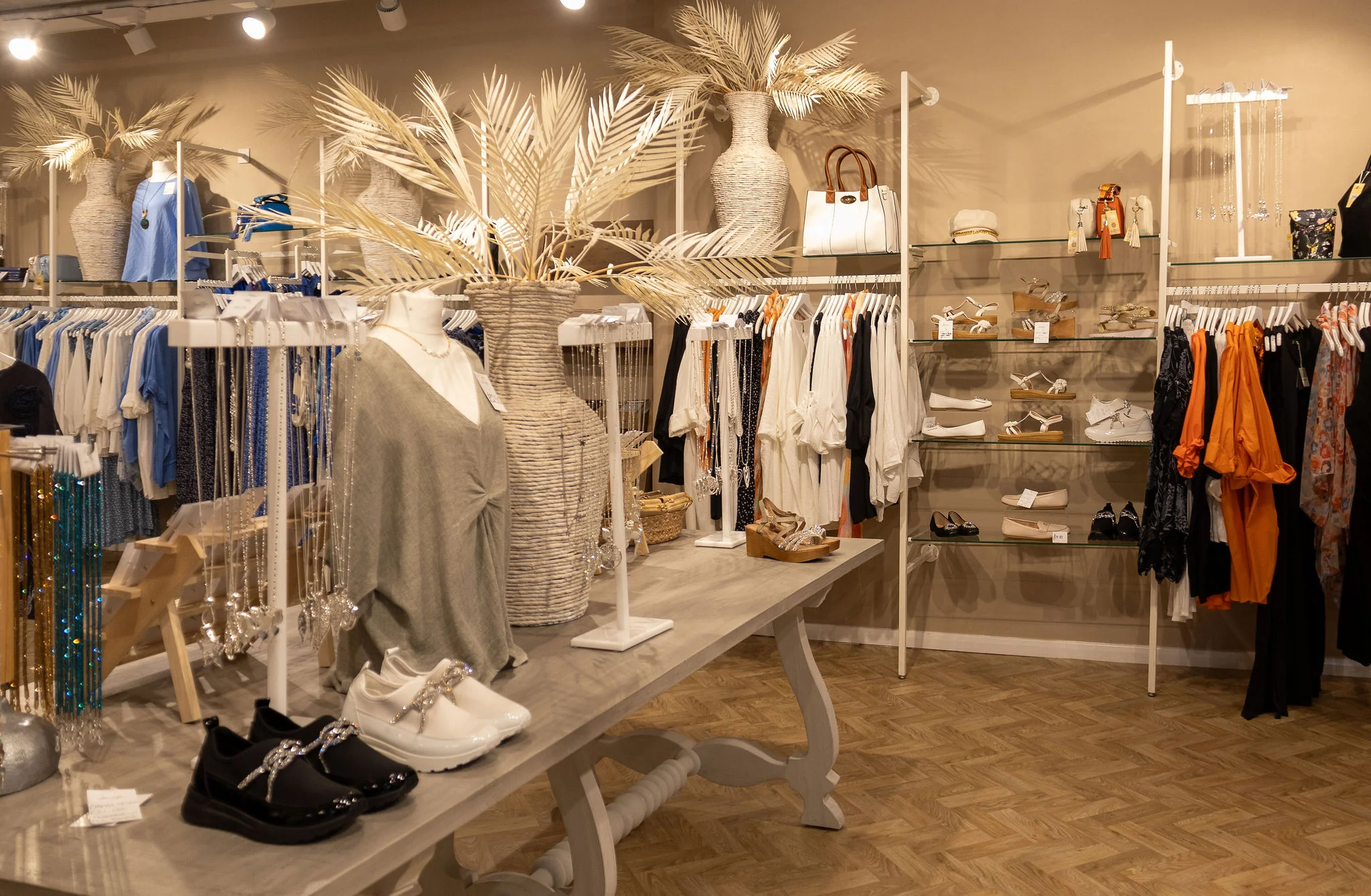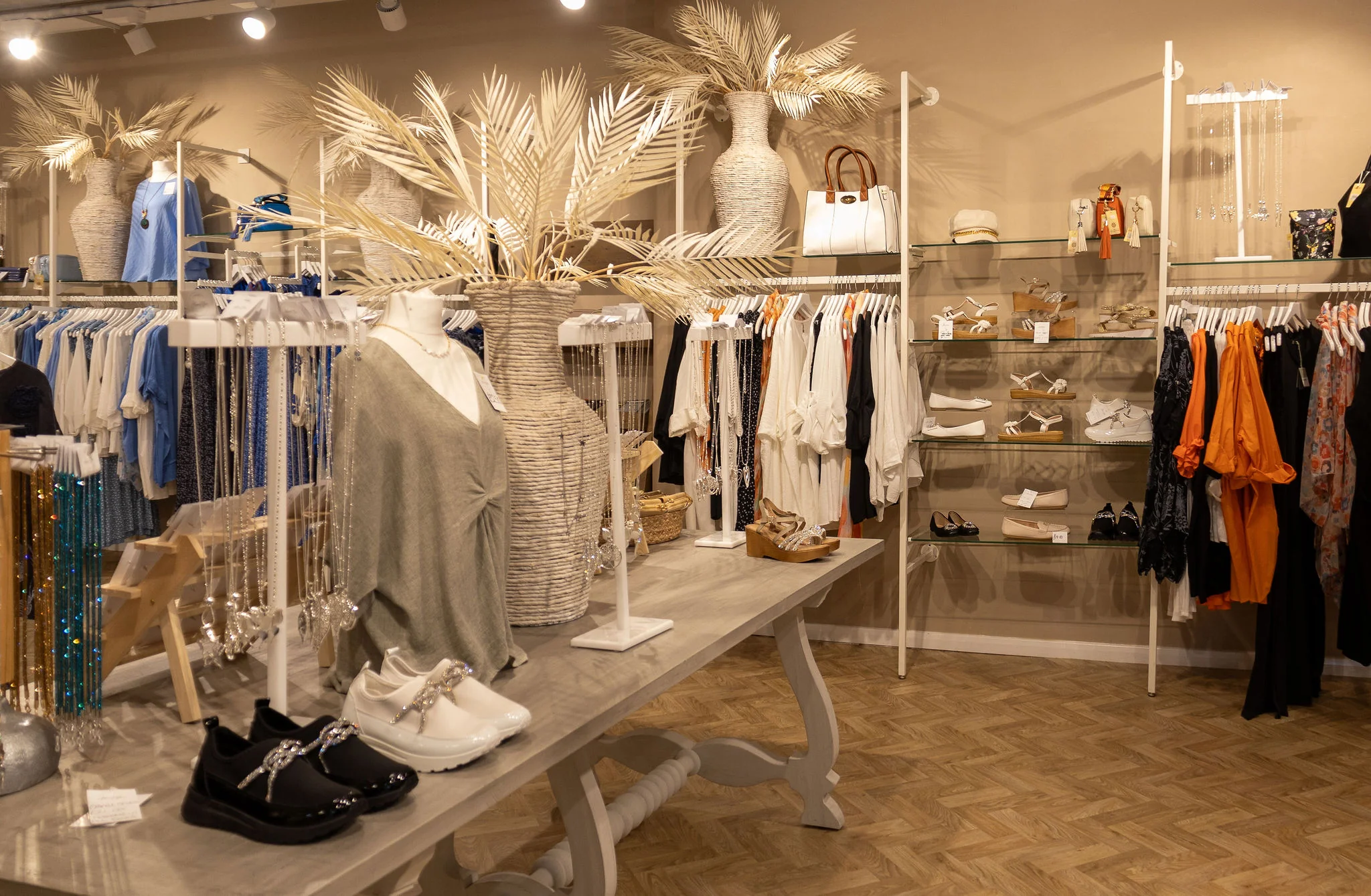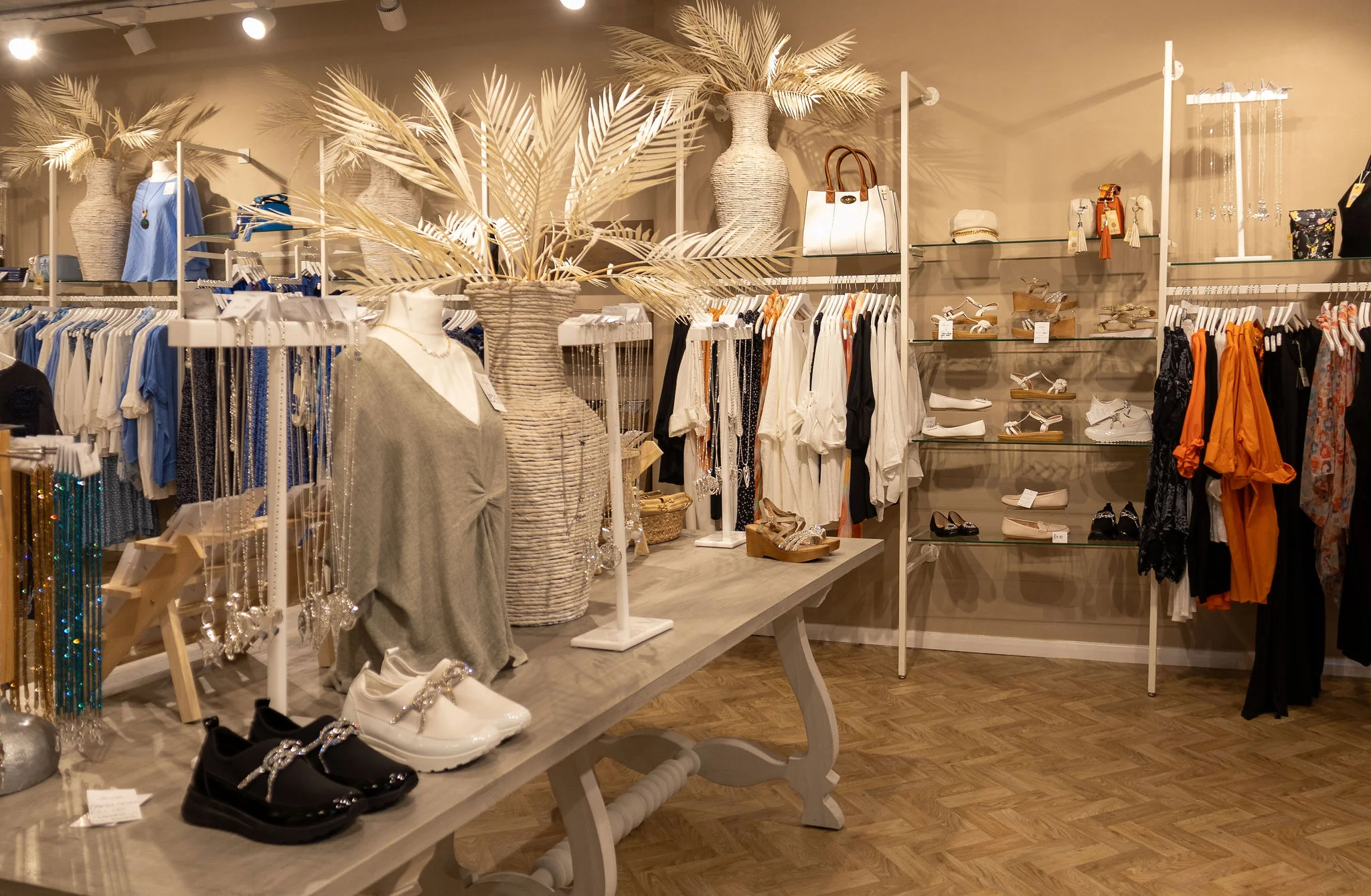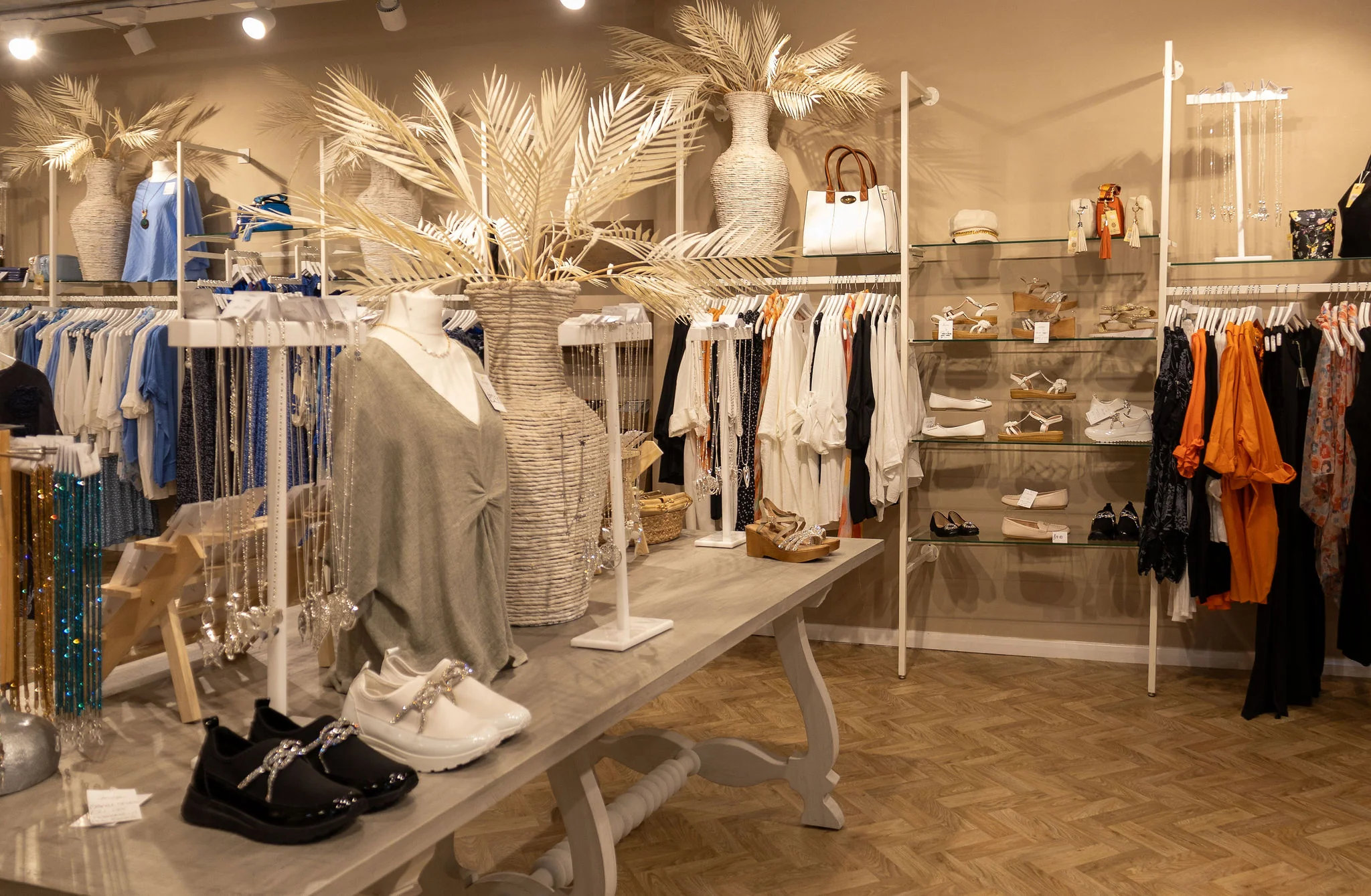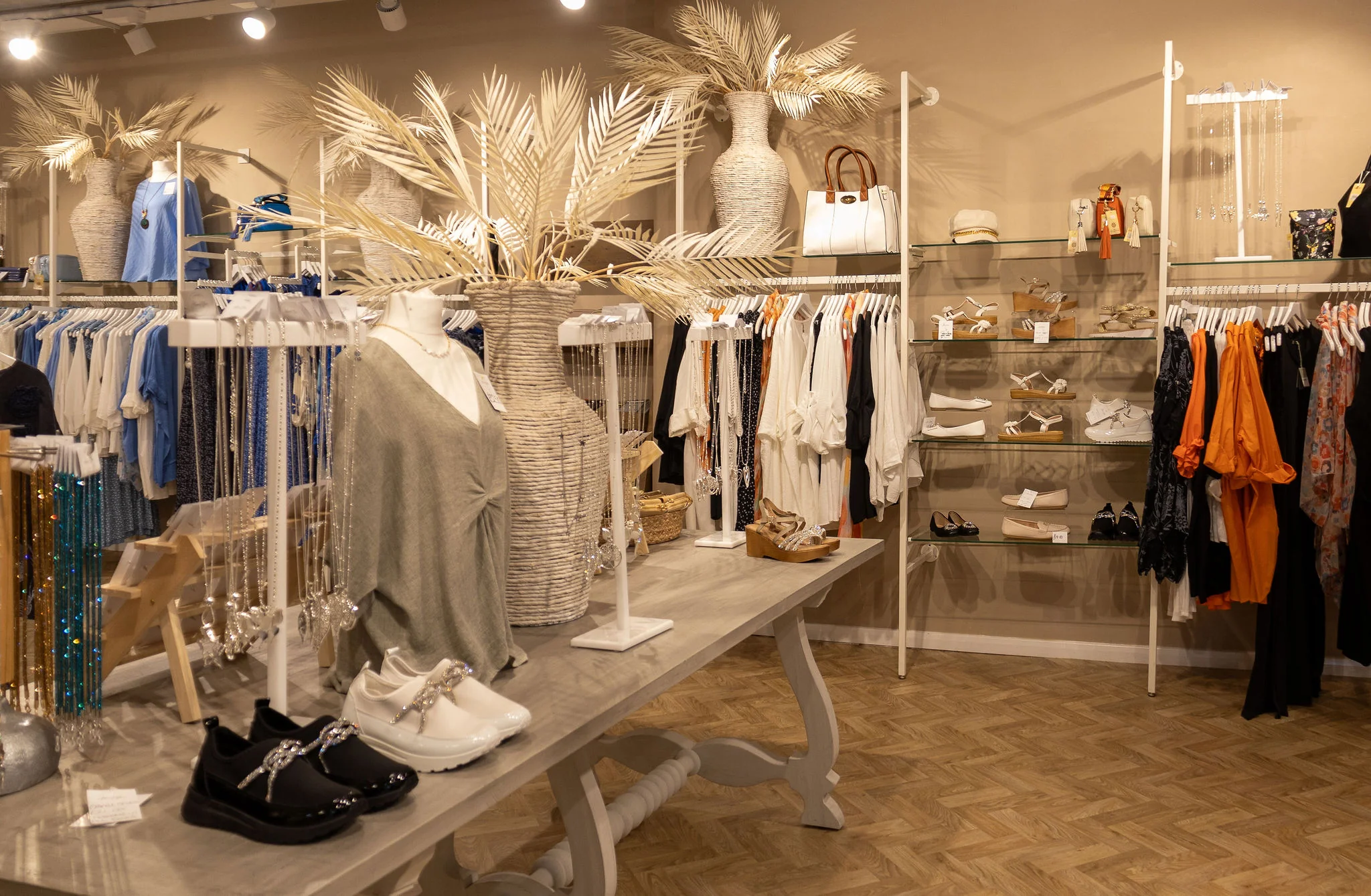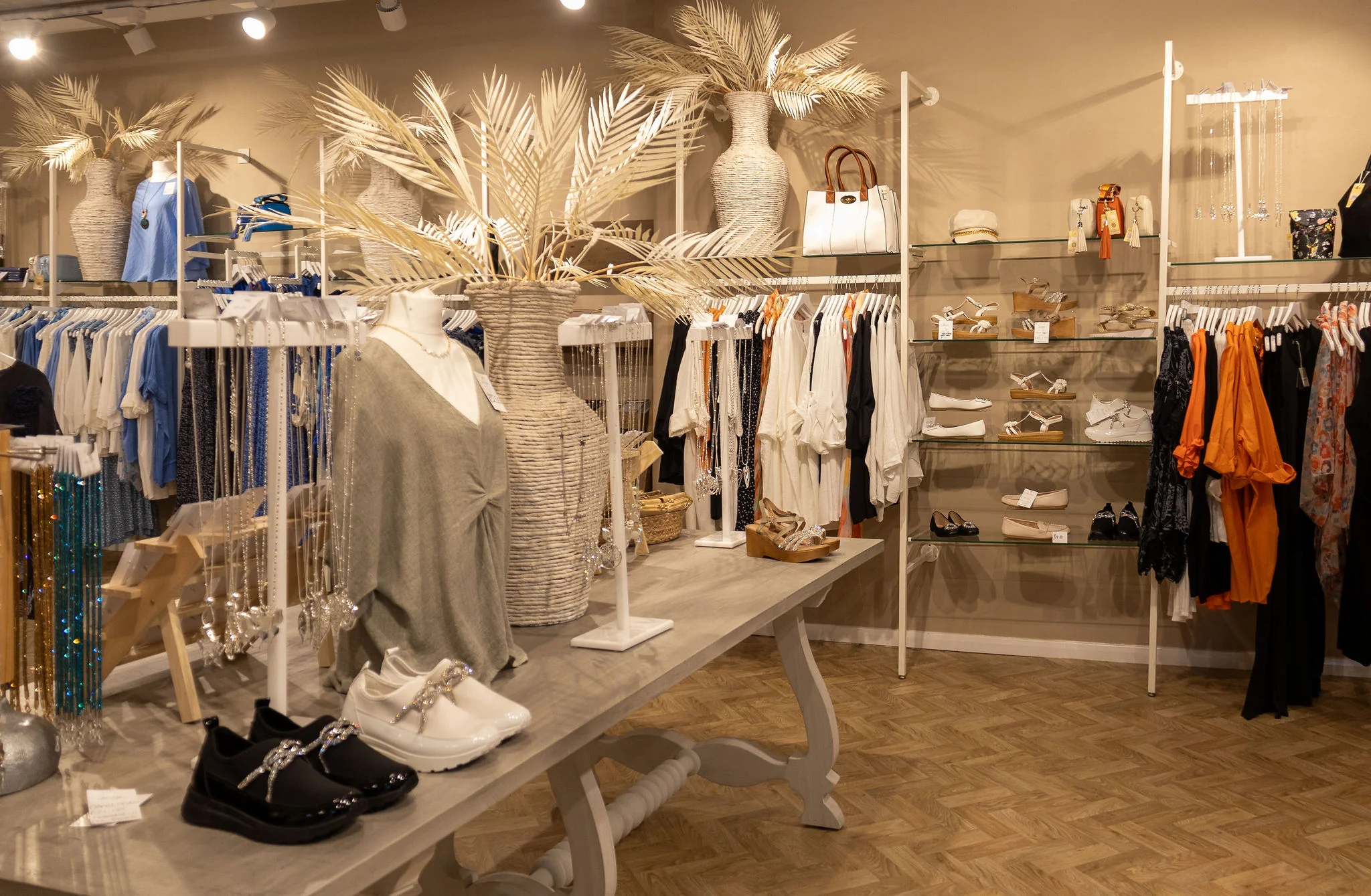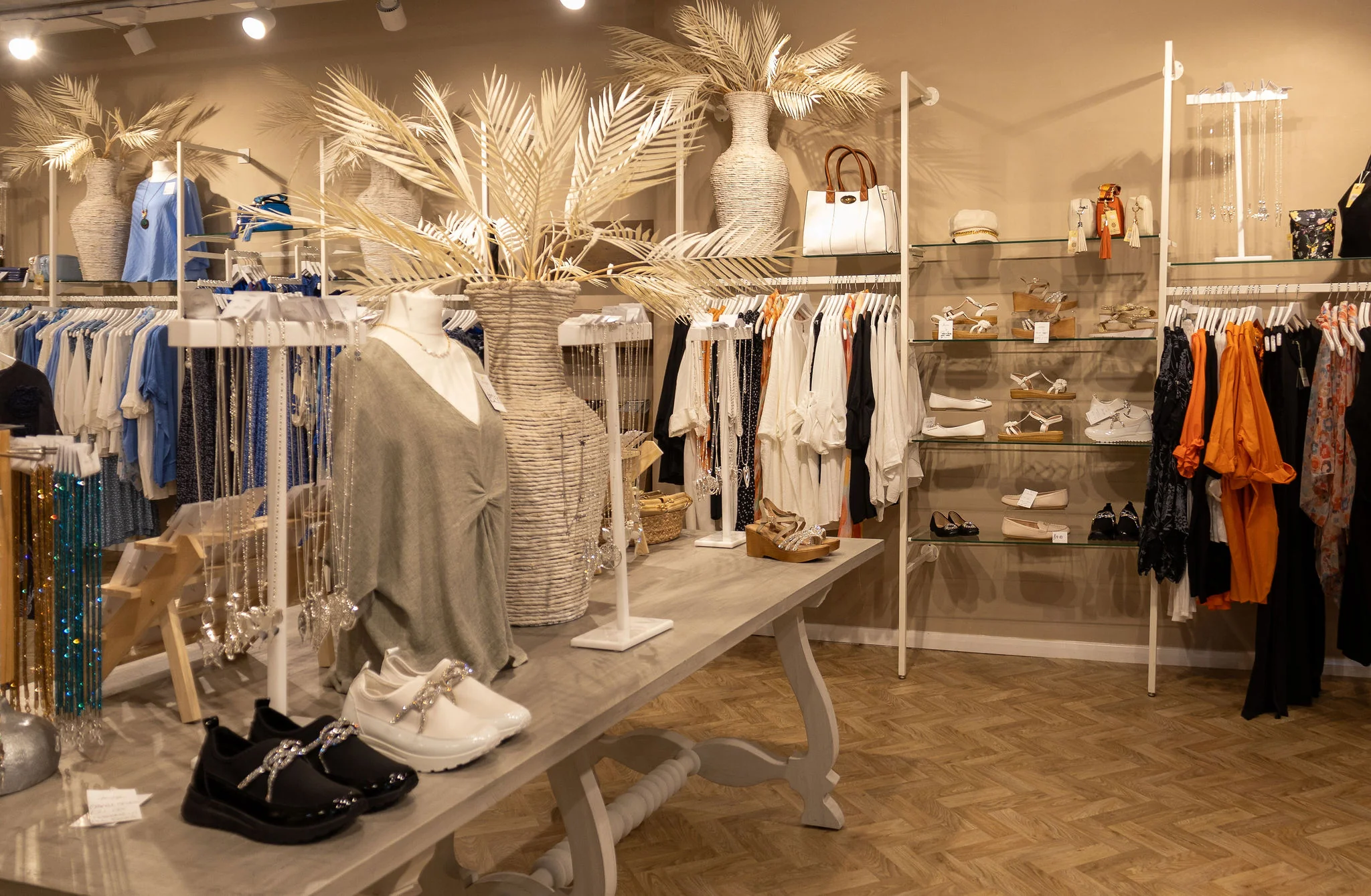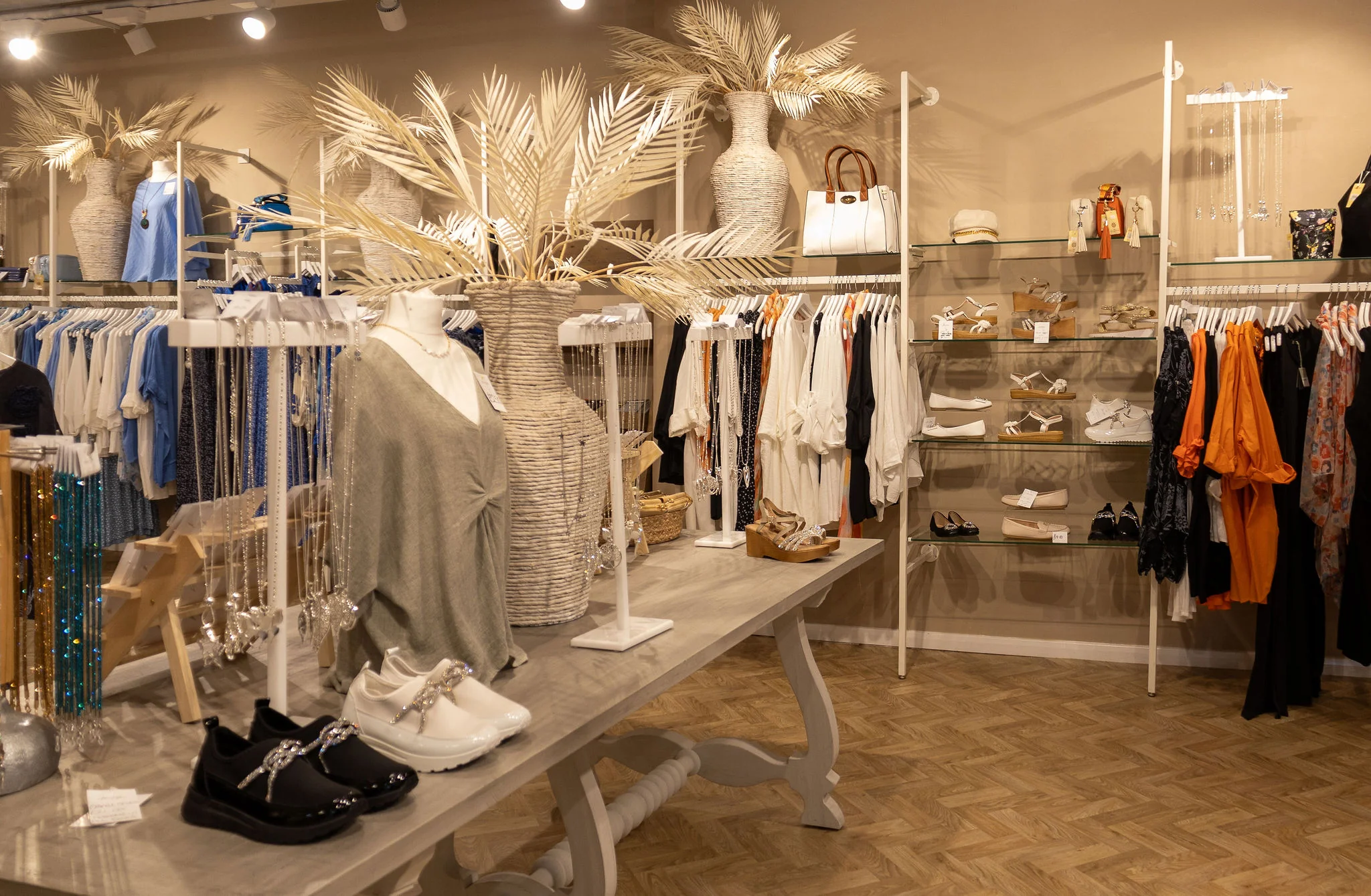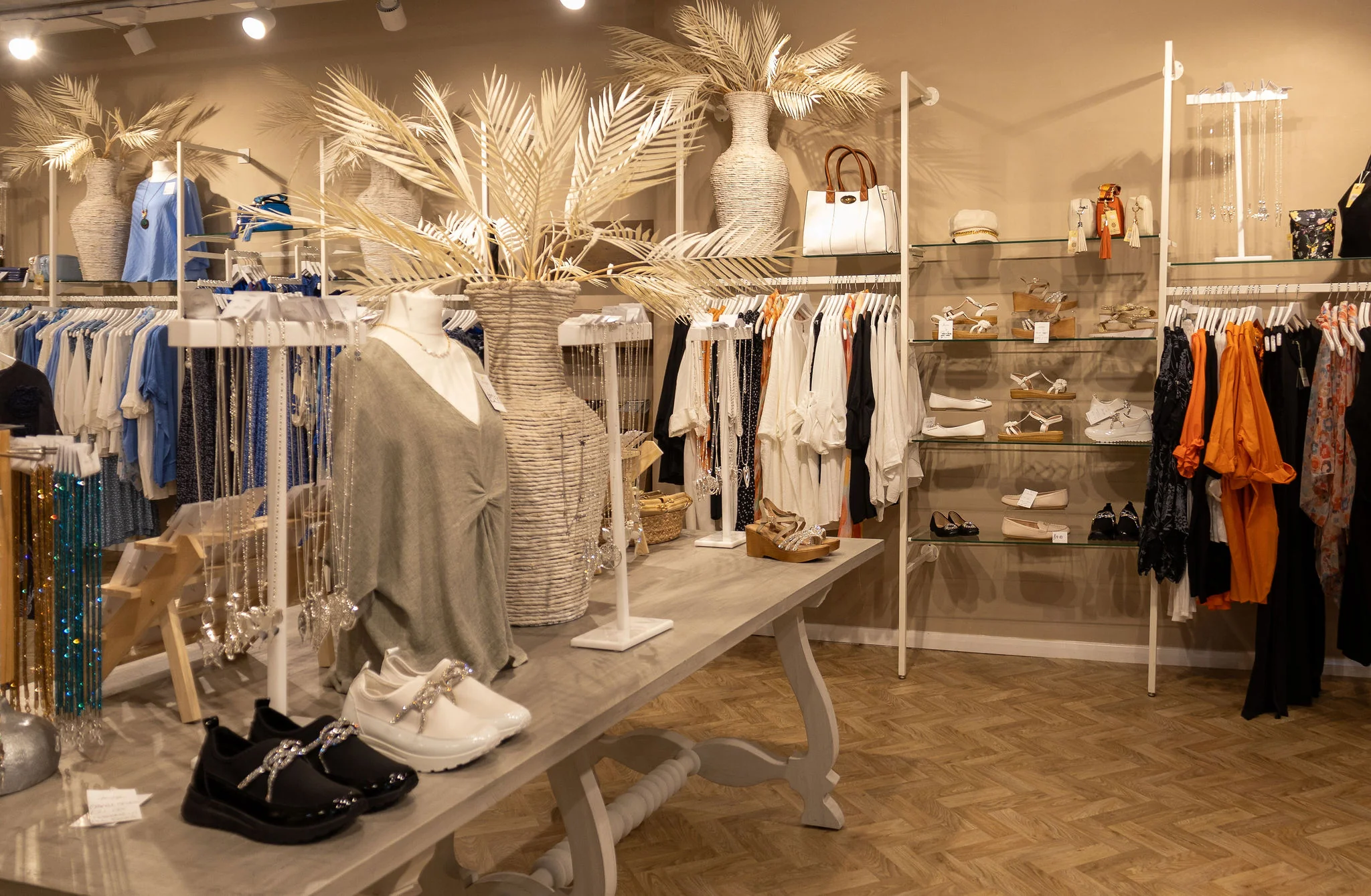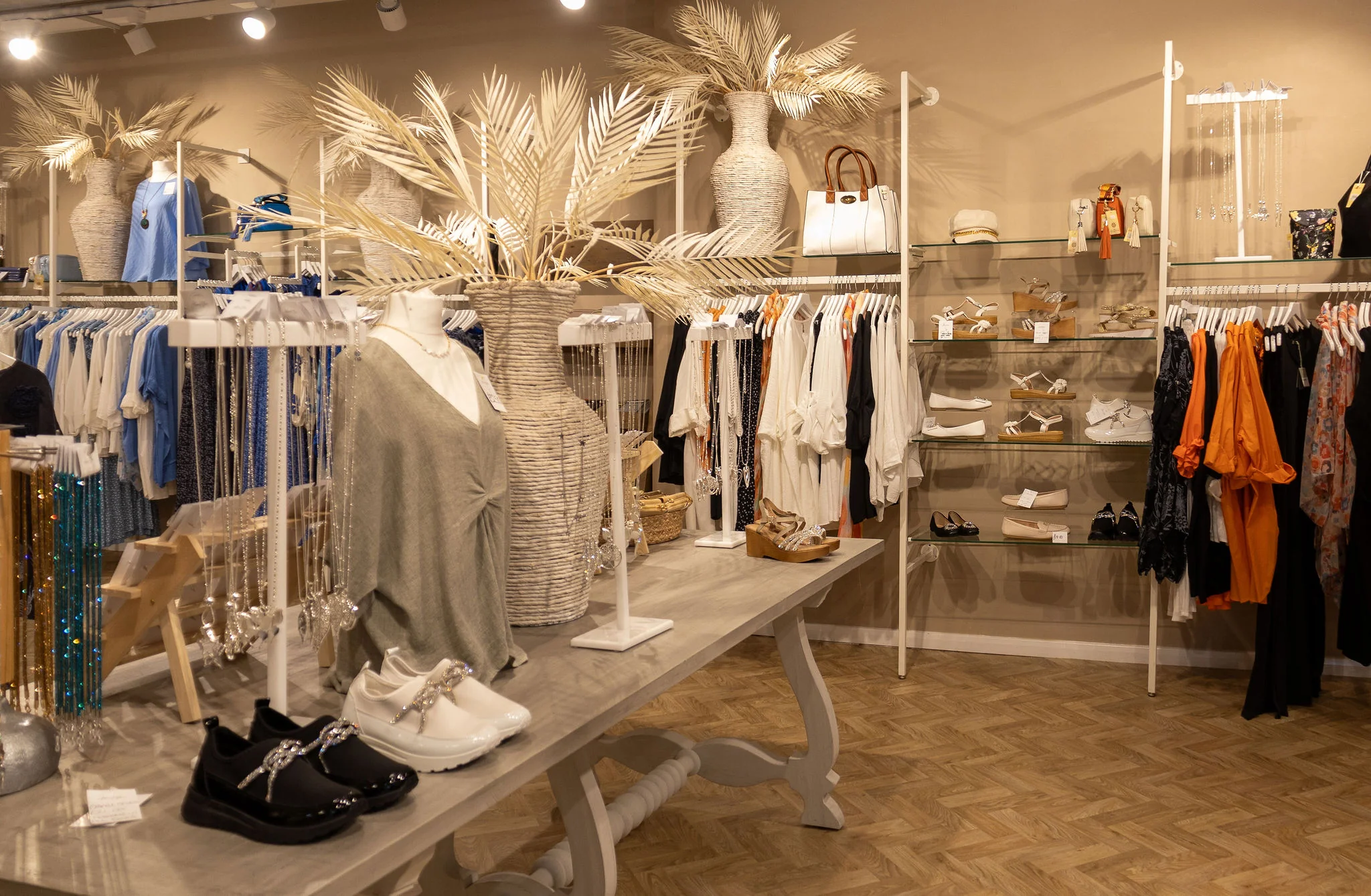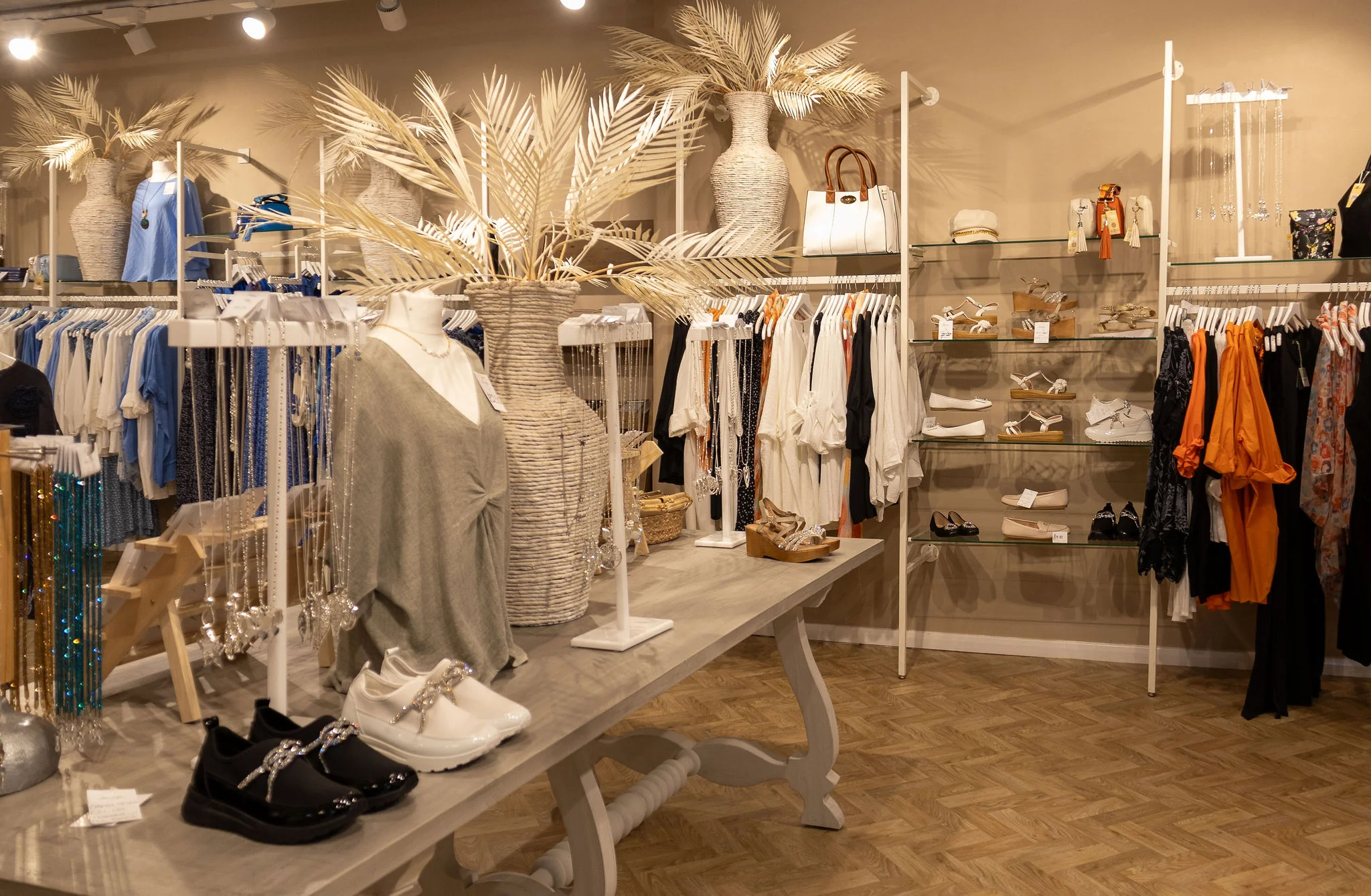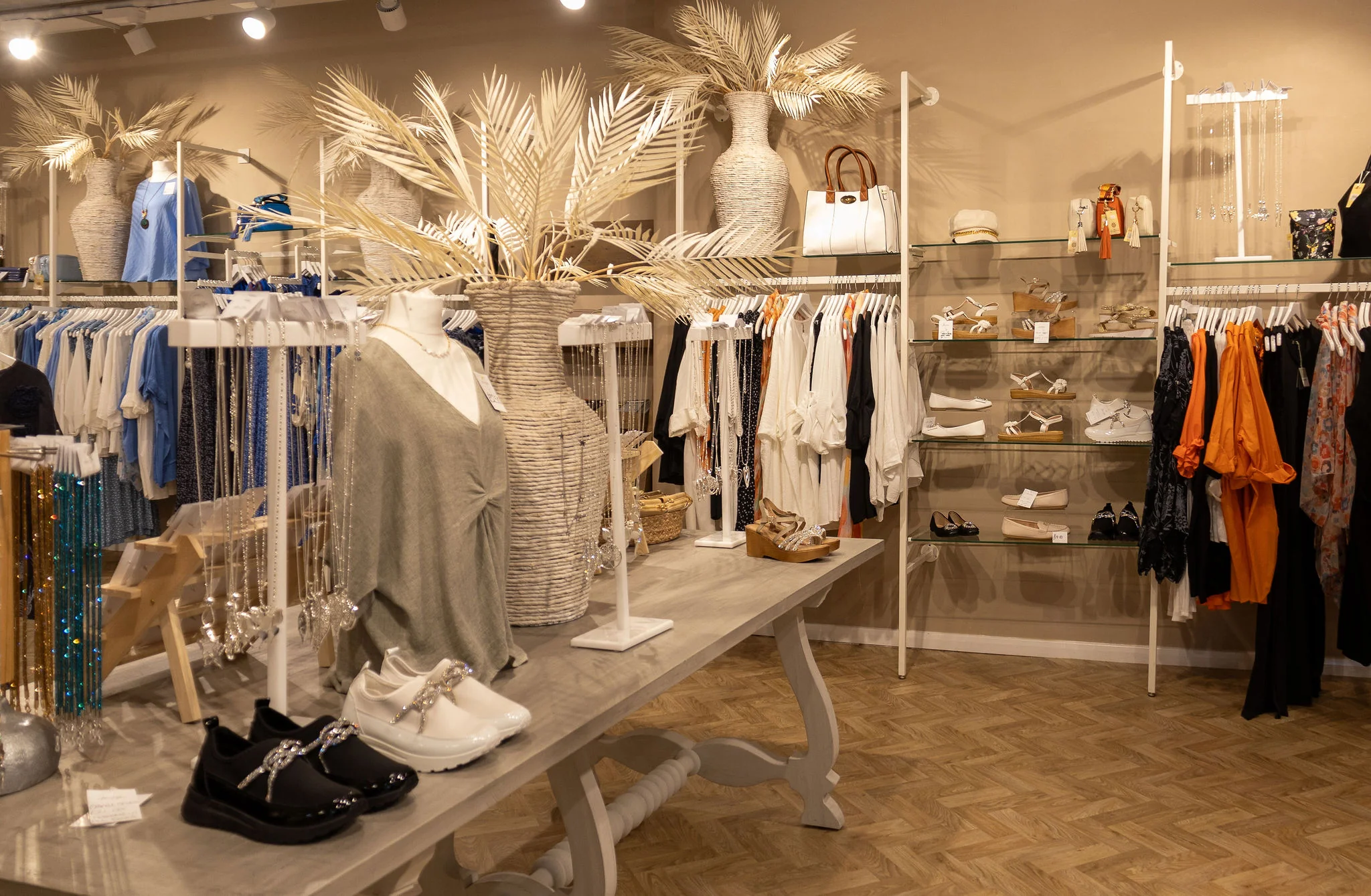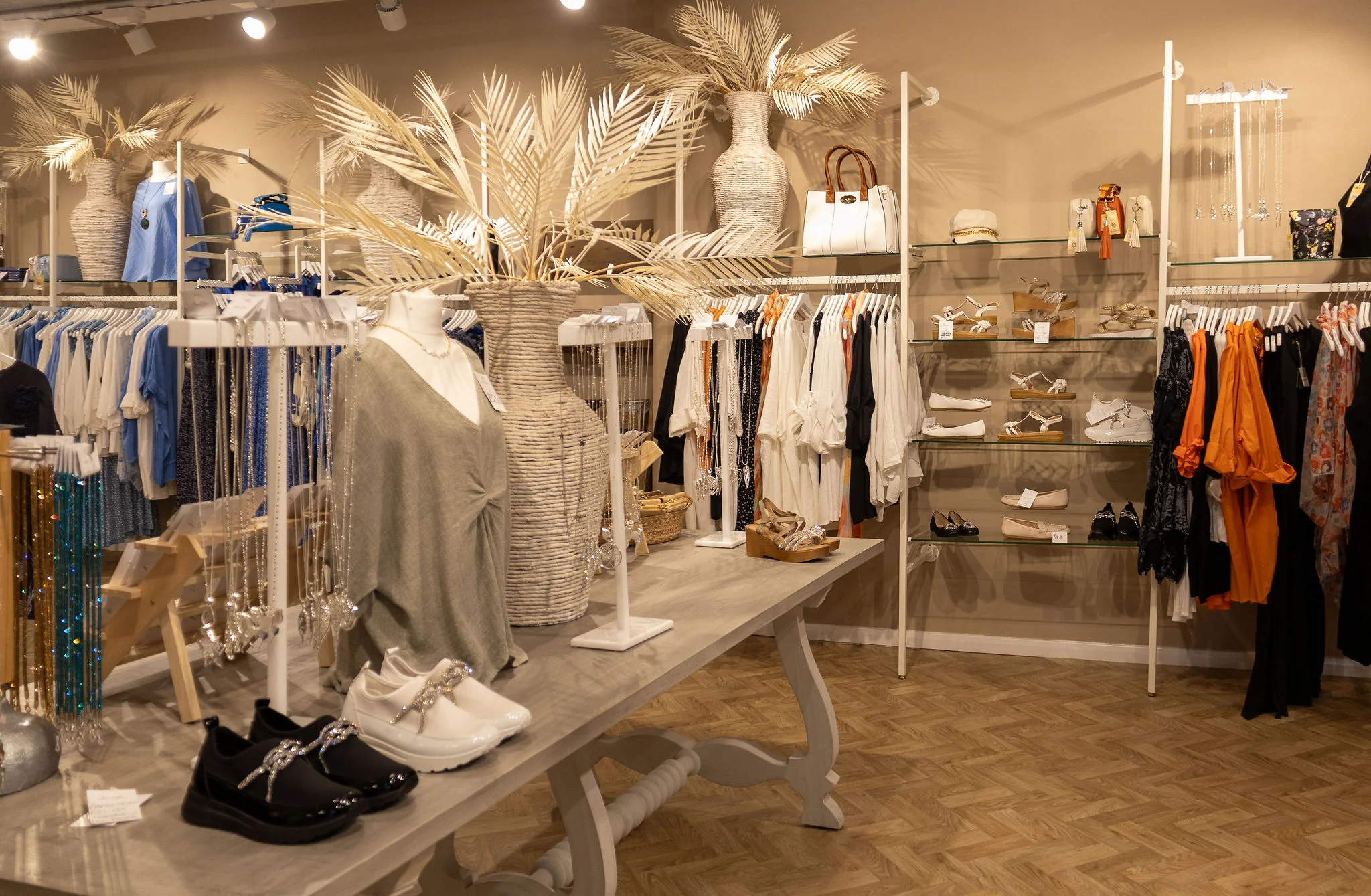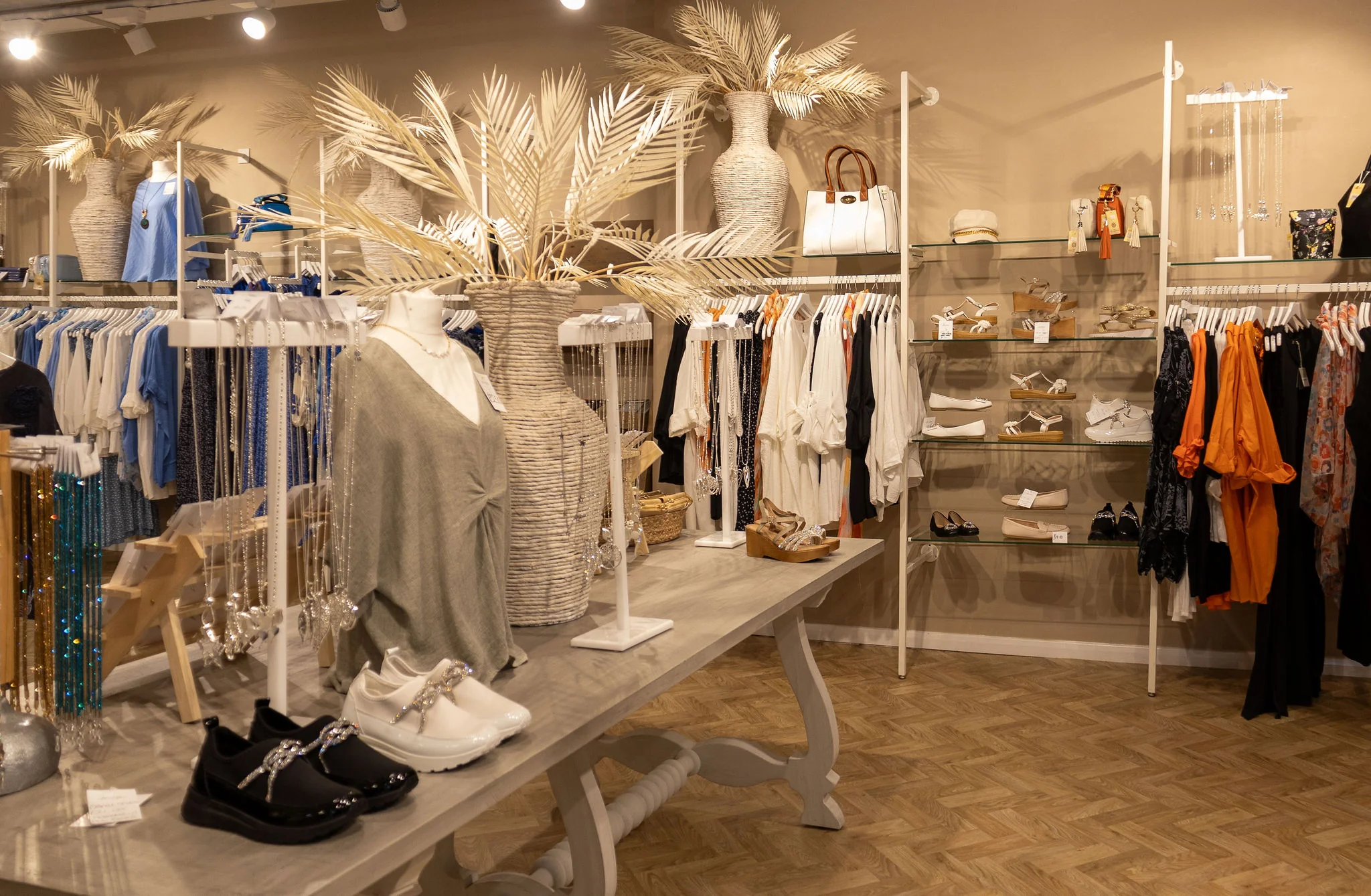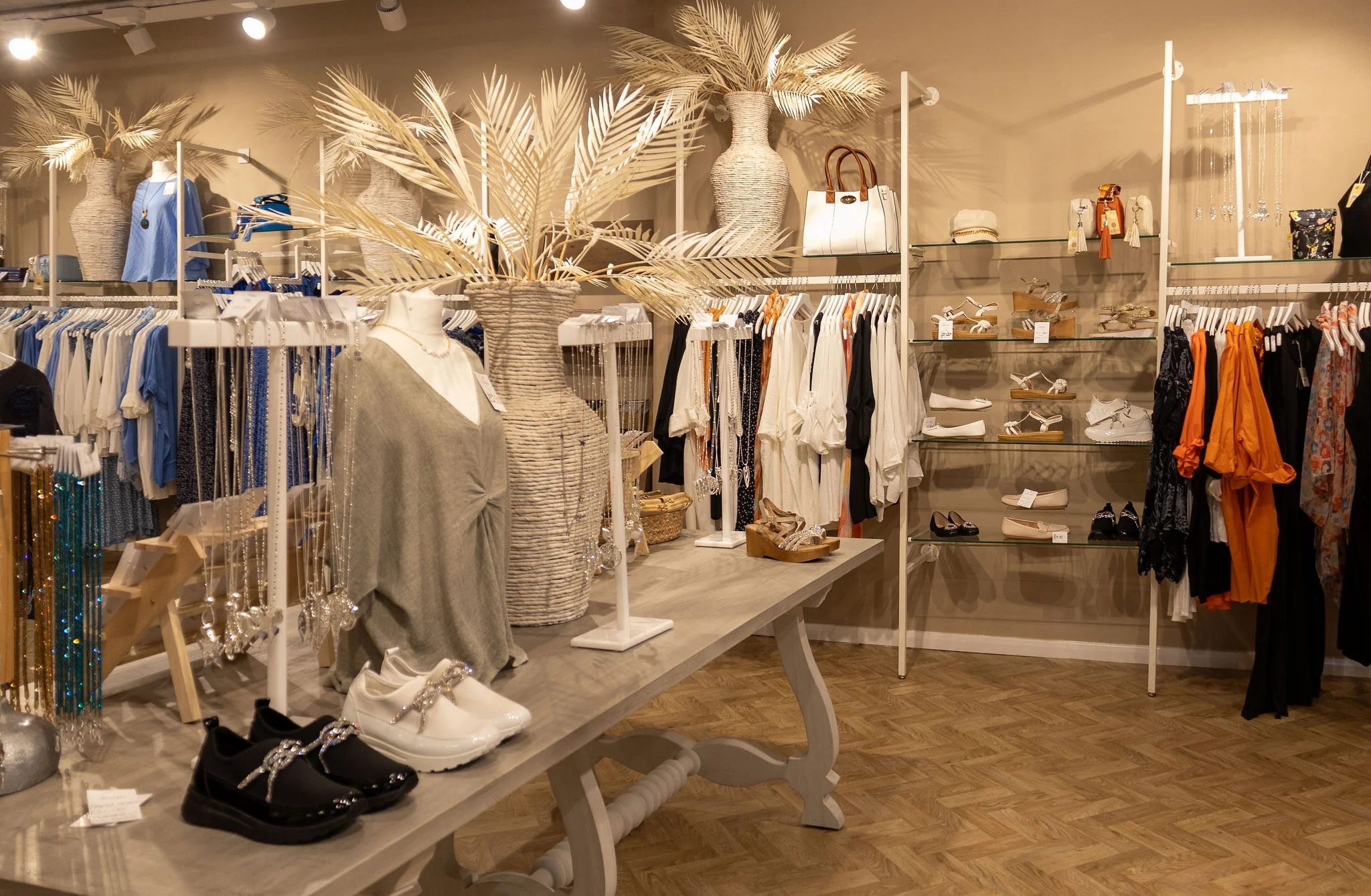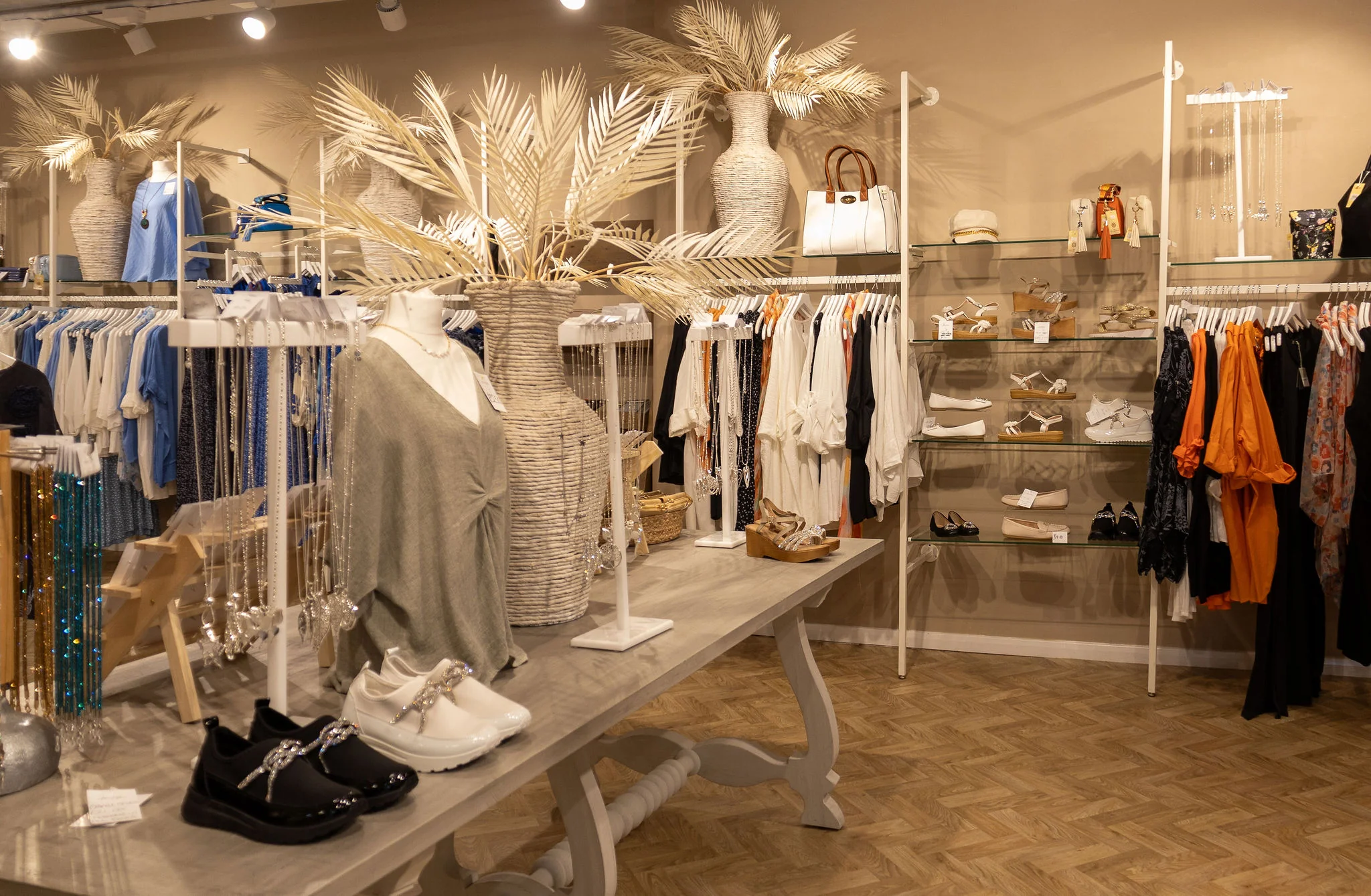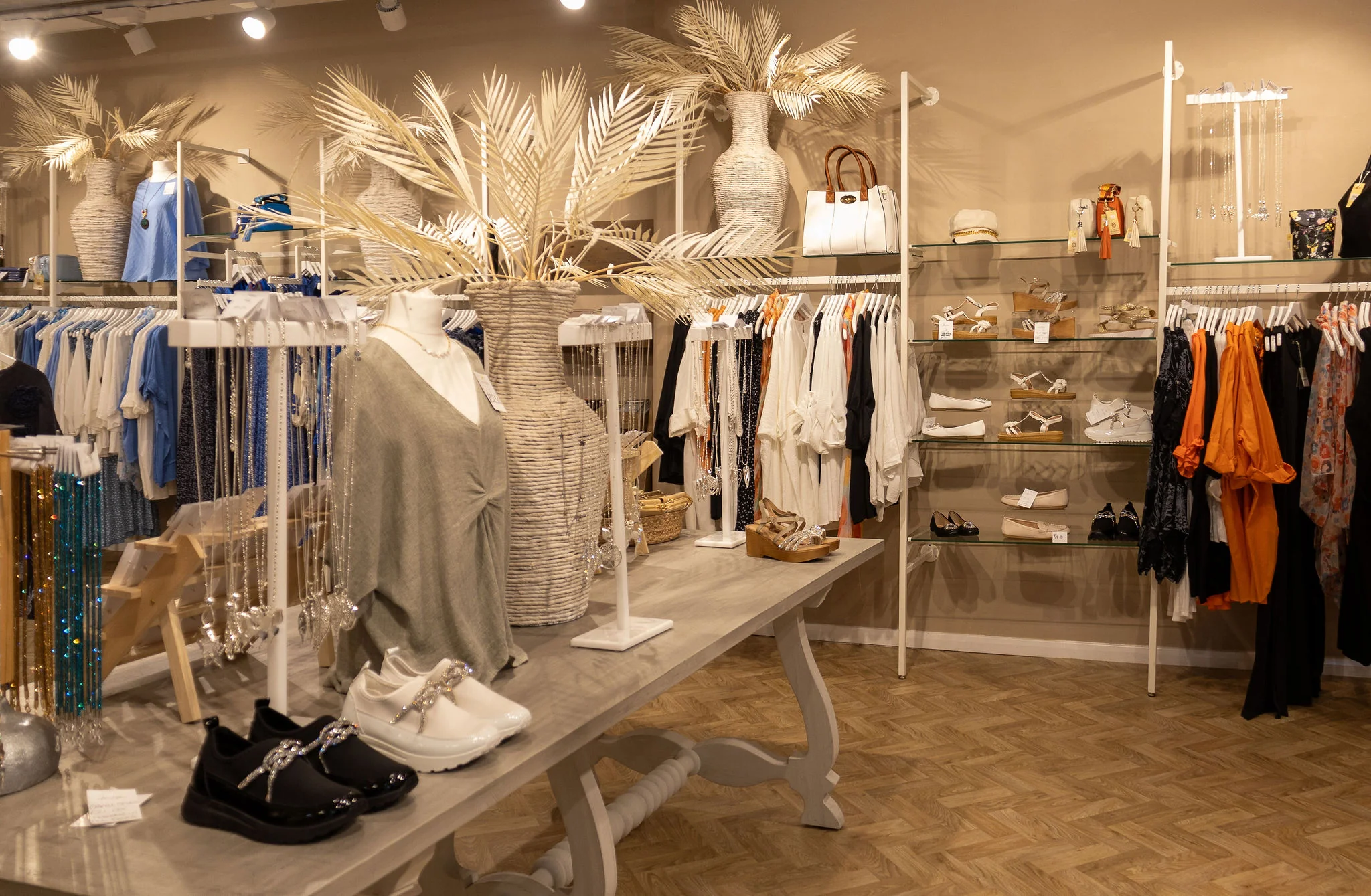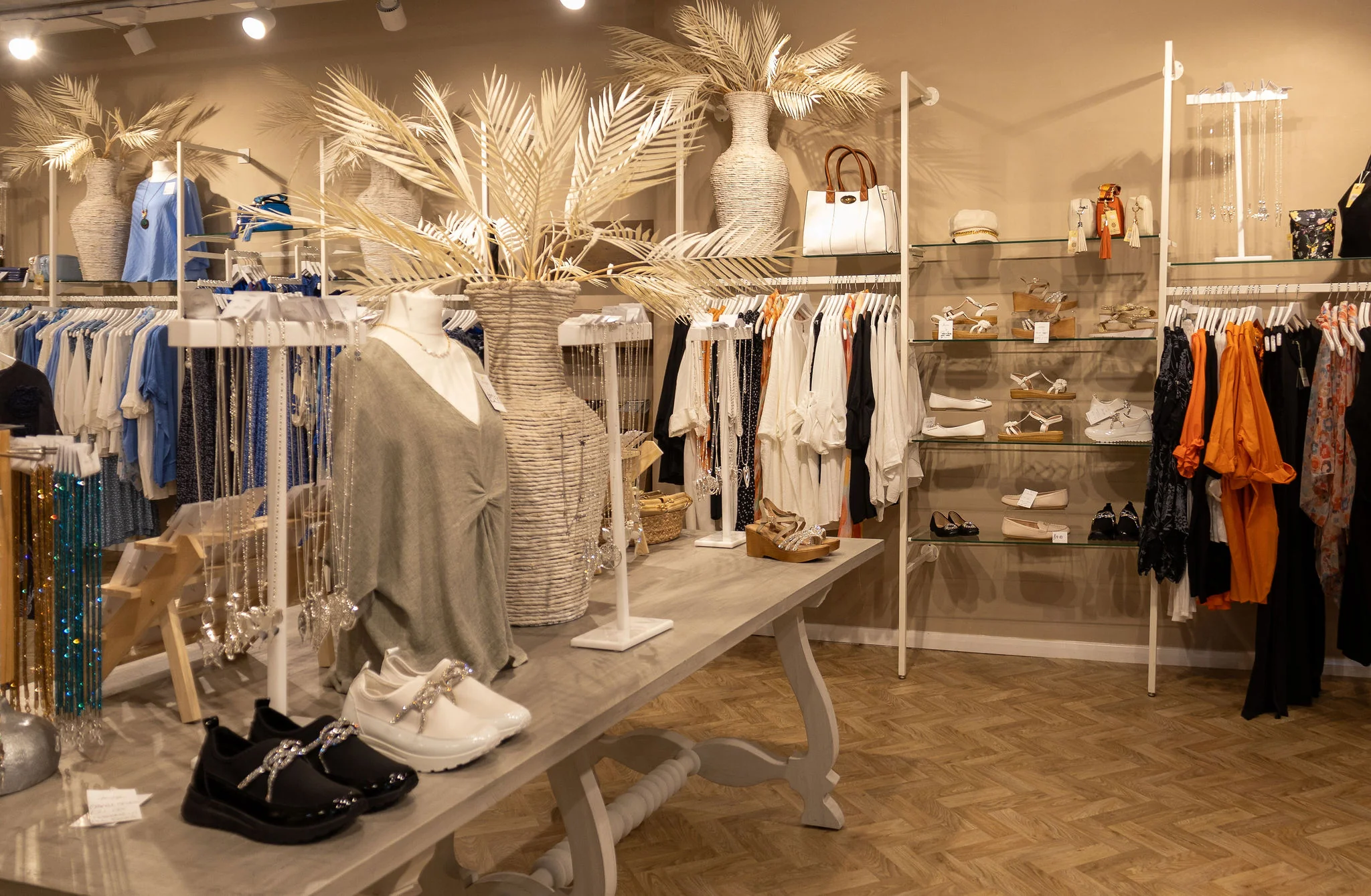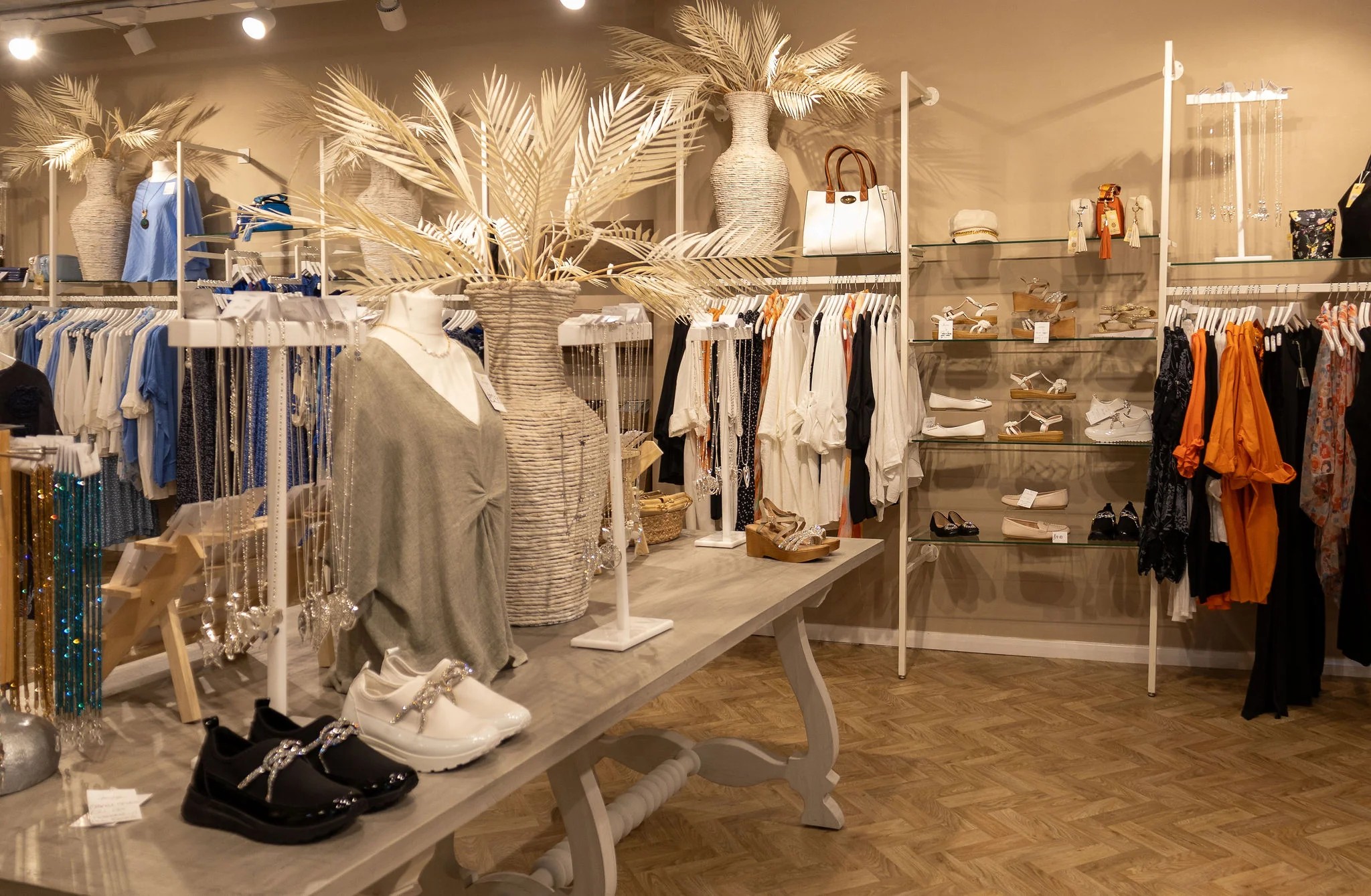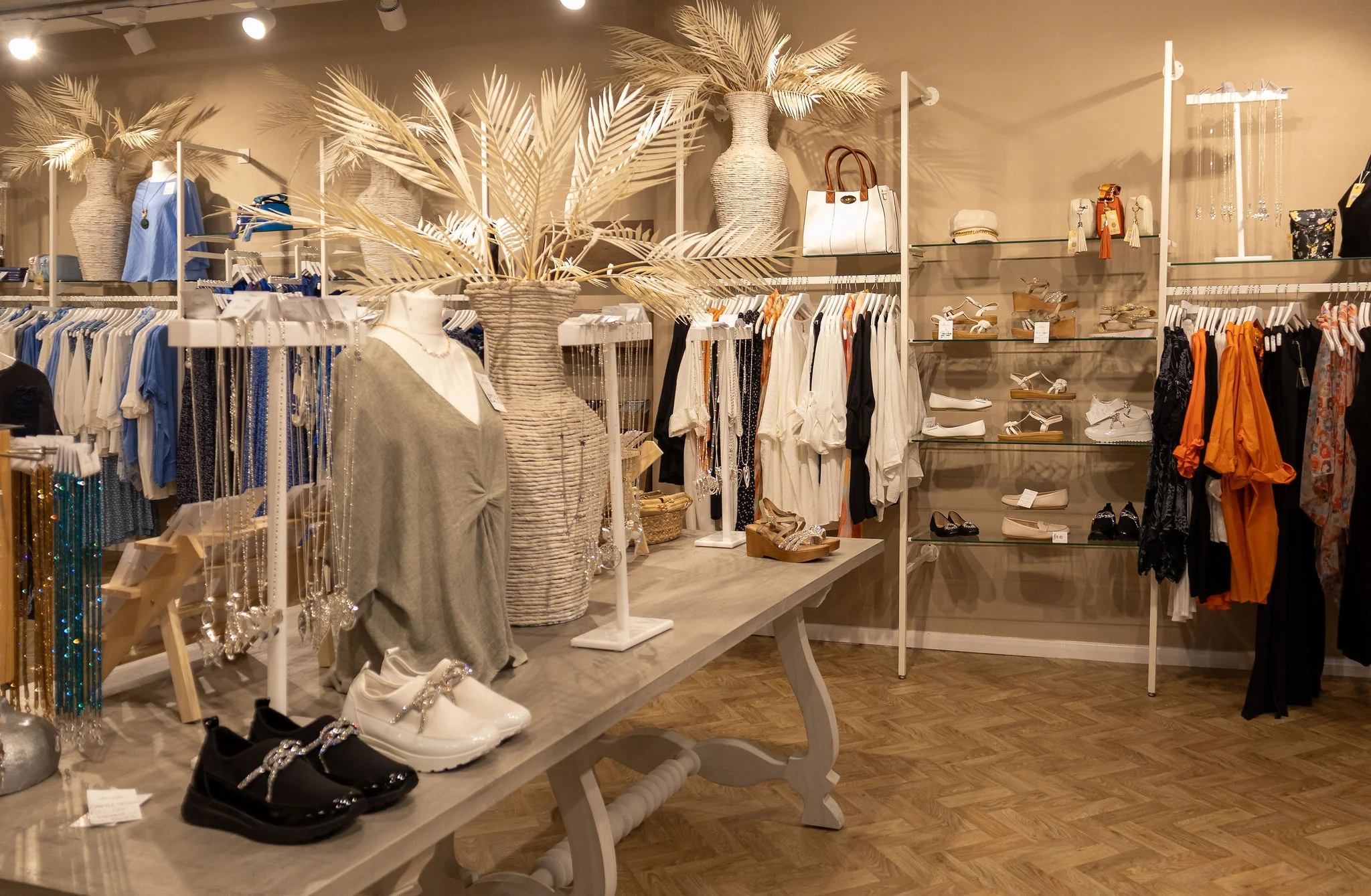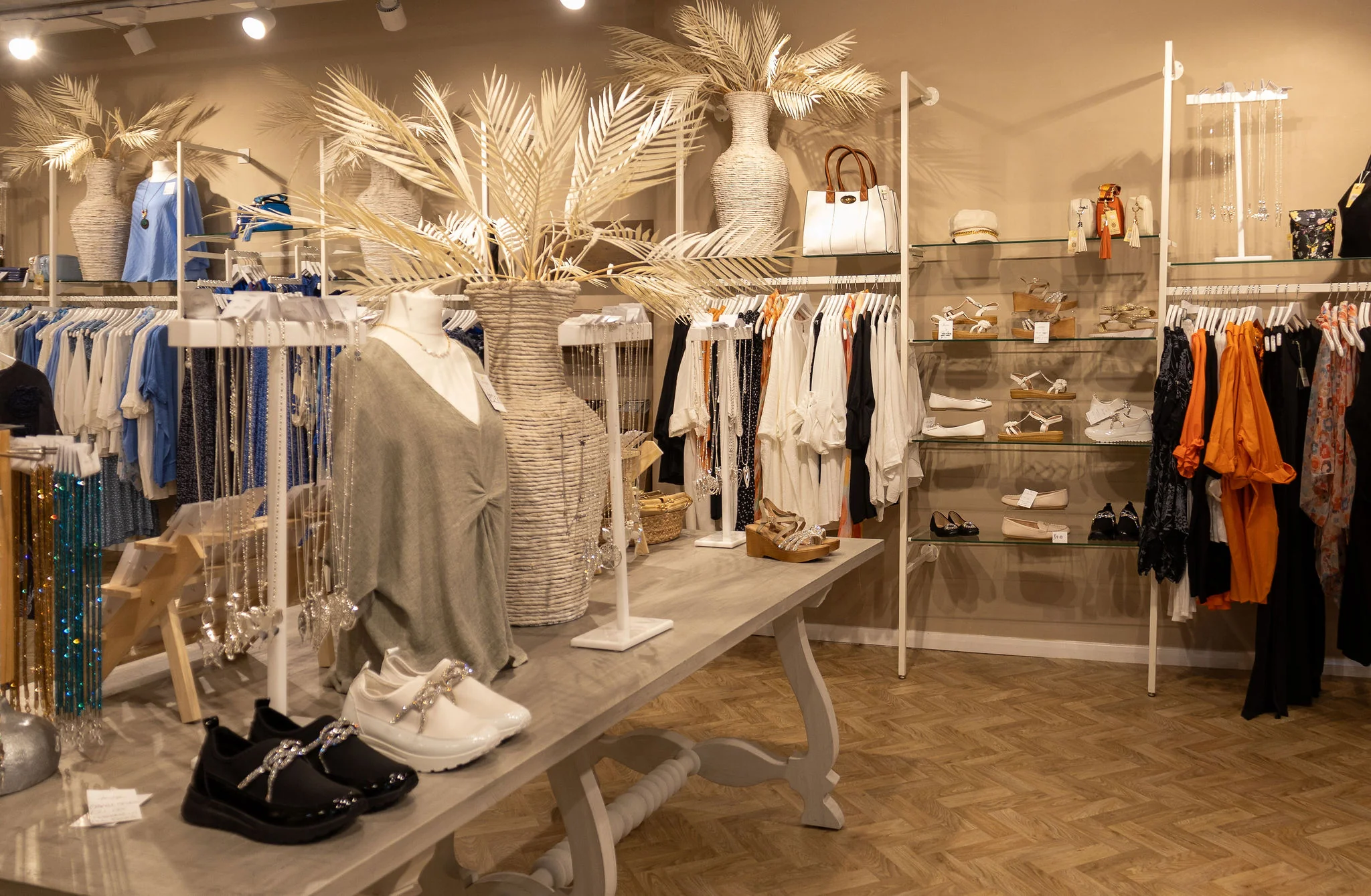Running a children's clothing shop comes with unique risks and challenges that standard retail insurance may not fully address. From …
Complete Clothing Shop Insurance Guide: Protecting Your Fashion Retail Business
Running a clothing shop involves unique risks that standard business insurance might not fully cover. From seasonal inventory fluctuations to customer accidents, fashion retailers face specific challenges that require specialized insurance protection. This comprehensive guide explores everything clothing shop owners need to know about securing proper insurance coverage.
Understanding Clothing Shop Insurance Basics
Clothing shop insurance is specialized commercial coverage designed to protect fashion retailers from the unique risks they face. Unlike generic retail insurance, clothing shop policies account for factors like seasonal inventory changes, fashion trends affecting stock value, and the specific liability risks associated with fitting rooms and customer interactions.
The fashion retail industry operates on tight margins and seasonal cycles, making proper insurance coverage essential for business survival. A single incident - whether it's a fire destroying seasonal inventory or a customer injury lawsuit - can potentially close a business permanently without adequate protection.
Essential Coverage Types for Clothing Shops
Stock and Inventory Protection
Your clothing inventory represents your largest investment and greatest vulnerability. Stock insurance covers your merchandise against theft, fire, flood, and other covered perils. For clothing retailers, this coverage should account for seasonal fluctuations and fashion cycles that affect inventory values.
Consider the difference between a summer collection in July versus January - the coverage needs to reflect these variations. Many policies offer flexible limits that can be adjusted seasonally to match your inventory levels.
Buildings and Contents Insurance
If you own your retail premises, buildings insurance protects the physical structure against damage from fire, storms, vandalism, and other covered events. Contents insurance covers fixtures, fittings, equipment, and non-stock items like cash registers, security systems, and office equipment.
For clothing shops, this includes specialized equipment like steamers, pressing machines, security tags, and fitting room fixtures. The coverage should reflect replacement costs, not depreciated values, to ensure you can fully restore your business operations.
Public Liability Insurance
Customers regularly visit your premises, try on clothing, and interact with your staff. Public liability insurance protects against claims if customers are injured on your property or if your business activities cause damage to third parties.
Common scenarios include customers slipping on wet floors, injuries from defective fitting room fixtures, or accidents involving clothing racks. Coverage typically includes legal defense costs and compensation payments.
Employers Liability Insurance
If you employ staff, employers liability insurance is legally required in most jurisdictions. This coverage protects against claims from employees who suffer work-related injuries or illnesses.
In clothing retail, this might include back injuries from lifting heavy stock, cuts from security tags or hangers, or repetitive strain injuries from folding and arranging merchandise.
Professional Indemnity Insurance
While not always obvious, clothing retailers can benefit from professional indemnity coverage, especially those offering styling advice, alterations, or personal shopping services. This protects against claims of inadequate professional advice or services.
Business Interruption Insurance
If your shop cannot operate due to a covered incident, business interruption insurance replaces lost income and covers ongoing expenses. For clothing retailers, this is particularly important given the seasonal nature of fashion sales.
The coverage should account for peak trading periods like Christmas, back-to-school seasons, or summer holidays when interruption would be most costly.
Specific Risks Facing Clothing Shops
Theft and Shoplifting
Clothing items are attractive to thieves due to their portability and resale value. Beyond customer shoplifting, clothing shops face risks from organized retail crime, employee theft, and break-ins.
Modern security measures help, but insurance remains essential. Coverage should include both merchandise theft and any damage caused during theft attempts.
Seasonal Inventory Challenges
Fashion retail operates on seasonal cycles with significant inventory investments made months in advance. If disaster strikes during peak season, the financial impact multiplies.
Insurance policies need to account for these fluctuations, with coverage limits that reflect peak inventory periods rather than average stock levels.
Fashion Trend Risks
Clothing can quickly become obsolete due to changing fashion trends. While standard insurance covers physical damage, some policies offer limited protection against stock becoming unsaleable due to extended business interruption.
Fitting Room Liability
Fitting rooms present unique liability exposures. Customers may injure themselves on fixtures, slip on discarded clothing, or make claims about inadequate privacy or security.
Customer Data Protection
Modern clothing retailers collect significant customer data through loyalty programs, online accounts, and payment processing. Data breaches can result in substantial fines and liability claims.
Choosing the Right Insurance Provider
Industry Experience
Select insurers with specific experience in clothing retail. They understand the unique risks and can offer more appropriate coverage terms and pricing.
Policy Flexibility
Look for policies that can adapt to your business changes, whether that's seasonal adjustments, expansion to new locations, or addition of online sales channels.
Claims Service
Research the insurer's claims handling reputation. Fashion retail often operates on tight timelines, so quick claims resolution is crucial for business continuity.
Coverage Customization
Avoid one-size-fits-all policies. Your coverage should reflect your specific business model, whether you're a boutique, department store, or specialized retailer.
Cost Factors and Savings Opportunities
Location Impact
Shop location significantly affects premiums. High-crime areas, flood zones, or areas with poor emergency services access typically face higher costs.
Security Measures
Comprehensive security systems, including CCTV, alarms, and security tagging, can reduce premiums substantially. Many insurers offer specific discounts for certified security measures.
Claims History
A clean claims history helps secure better rates. Implement risk management practices to minimize claims frequency and severity.
Policy Bundling
Combining multiple coverage types with one insurer often provides significant savings compared to separate policies from different providers.
Risk Management Best Practices
Inventory Management
Maintain accurate inventory records and implement regular stock checks. This helps with claims processing and can identify theft patterns early.
Staff Training
Train employees on security procedures, customer service standards, and emergency response. Well-trained staff reduce many common liability risks.
Premises Maintenance
Regular maintenance of fixtures, fittings, and safety equipment reduces accident risks and demonstrates due diligence to insurers.
Security Protocols
Implement comprehensive security measures including proper lighting, secure storage for high-value items, and clear procedures for handling suspicious behavior.
Making a Claim: What to Expect
Immediate Response
Contact your insurer immediately after any incident. Most policies require prompt notification, and delays can affect coverage.
Documentation Requirements
Maintain detailed records including inventory lists, receipts, photographs, and witness statements. For clothing retailers, this includes style numbers, sizes, and seasonal collection information.
Business Continuity
Work with your insurer to minimize business interruption. This might include temporary premises, emergency stock replacement, or expedited claims processing.
Common Exclusions and Limitations
Gradual Deterioration
Standard policies typically exclude damage from gradual causes like moth damage, fading, or normal wear and tear.
Mysterious Disappearance
Some policies exclude stock that simply goes missing without evidence of theft or covered peril.
Seasonal Limitations
Some insurers impose restrictions on coverage during peak seasons or require additional premiums for holiday periods.
Online Sales Extensions
If you sell online, ensure your policy covers inventory in transit, returns processing, and cyber liability exposures.
Regulatory Compliance
Health and Safety Requirements
Ensure your premises meet all relevant health and safety standards. Non-compliance can void insurance coverage and result in legal penalties.
Fire Safety Regulations
Clothing shops face specific fire safety requirements due to the combustible nature of textile inventory. Compliance affects both safety and insurance costs.
Data Protection Laws
If you collect customer information, ensure compliance with relevant data protection regulations. Breaches can result in substantial fines and claims.
Future-Proofing Your Coverage
Business Growth Planning
Ensure your policy can accommodate business expansion, additional locations, or new product lines without coverage gaps.
Technology Integration
As retail technology evolves, ensure your coverage keeps pace with new exposures from point-of-sale systems, inventory management software, and customer apps.
Sustainability Trends
The growing focus on sustainable fashion may affect coverage needs, particularly for businesses dealing with recycled materials or eco-friendly processes.
Conclusion
Comprehensive insurance coverage is essential for clothing shop success. The fashion retail environment presents unique risks that require specialized protection beyond standard business insurance.
By understanding your specific exposures, choosing appropriate coverage levels, and working with experienced insurers, you can protect your investment and ensure business continuity. Regular policy reviews help ensure your coverage evolves with your business and the changing retail landscape.
Remember that the cheapest policy isn't always the best value. Focus on coverage adequacy, insurer reliability, and service quality to make the best decision for your clothing retail business.


 0330 127 2333
0330 127 2333

